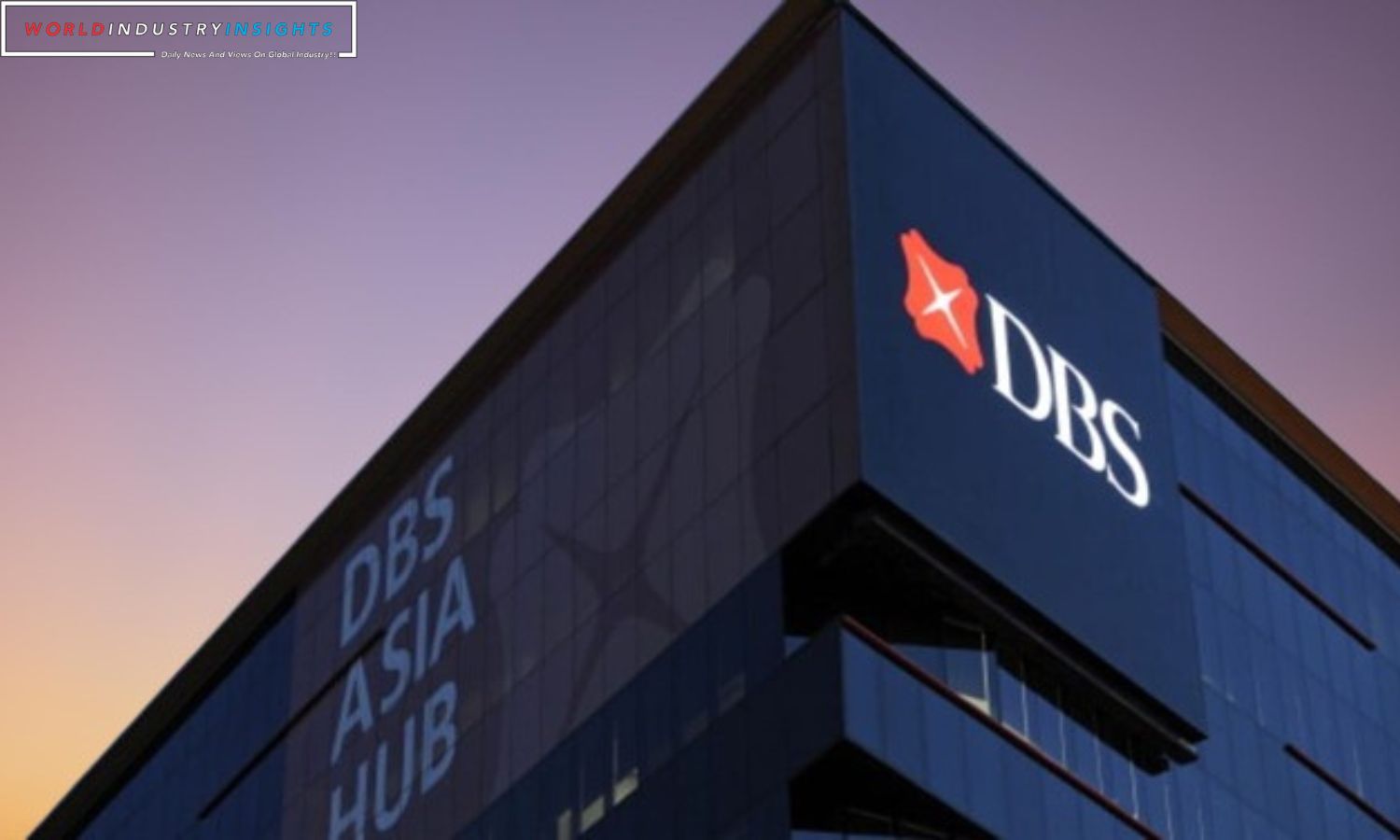DBS Group Delivers Q3 Results: DBS Group, Singapore’s largest bank, announced a robust 18% surge in third-quarter net profit, surpassing market expectations. The bank attributes this success to the positive impact of higher interest rates and anticipates maintaining this performance in 2024. CEO Piyush Gupta expressed confidence in DBS’s resilience, benefitting from solid financial foundations and minimal exposure to Middle East geopolitical issues.
The bank reported a third-quarter net profit of S$2.63 billion, reflecting growth in total income driven by increased interest margins and fee income, setting a new record. While this performance exceeded analyst could sustain momentum, and he expected the bank’s 2024 net interest income to align with this year’s figures. DBS remains optimistic about the future, forecasting higher profits before allowances and a normalisation of total allowances to 17-20 basis points of loans.
DBS’s positive outlook aligns with its view that sustained higher interest rates will continue to bolster its earnings into 2024. This is especially reassuring in a climate of softening loan demand. Singaporean banks have benefited from a stable political environment, attracting substantial wealth inflows.
Also Read: DBS Group Commits 80 Million Dollar to Enhance Digital System Resilience
However, it’s essential to acknowledge that global economic uncertainties can influence Singapore’s economic prospects. The central bank has already taken measures to maintain stability, keeping monetary policy settings unchanged.
Smaller peer United Overseas Bank reported a 1% drop in third-quarter net profit, which was below expectations. Oversea-Chinese Banking Corp is expected to announce its quarterly results on November 10.
Despite DBS’s strong financial performance, it recently faced a setback when the country’s central bank imposed a six-month ban on the bank acquiring new businesses or making non-essential IT changes. This move aims to ensure that DBS focuses on strengthening its digital banking services after experiencing several disruptions this year.
DBS remains committed to addressing these issues comprehensively. The bank’s ability to navigate challenges and adapt to a changing financial landscape will be critical to its future success.
Our Reader’s Queries
What were the results of DBS q3?
DBS, a leading bank in Singapore, has reported a Q3 net profit of S$2.63 billion, surpassing the estimated S$2.5 billion. The CEO has stated that the net profit for 2024 is expected to remain steady at the record level achieved in 2023. However, the bank has taken allowances for exposures to a suspected money laundering case. The net interest margin for Q3 has increased to 2.19% from 1.90% a year ago. Overall, DBS is expected to maintain its earnings in the near future.
What is the dividend for DBS in the third quarter?
The DBSH Board has announced a tax-exempt dividend of 48 cents per ordinary share for the third quarter of 2023. This interim dividend is estimated to be worth $1,238 million and will not be subject to the DBSH Scrip Dividend Scheme.
What are the results of DBS half year 2023?
DBS Group Holdings Ltd has released its earnings report for the first half of 2023, revealing a significant increase in net interest income. The company reported SGD 6,704 million in net interest income, a substantial rise from the SGD 4,641 million reported during the same period last year. This impressive growth is a testament to the company’s strong financial performance and strategic business decisions.
What are the results of OCBC q3 2023?
The group’s net profit for the quarter stood at S$1.81 billion, which is a 6% increase from the previous quarter. This growth was primarily driven by higher net interest income and fee income, along with lower allowances. The net interest income saw a 3% growth from the previous quarter, and the NIM improved by 1 basis point to 2.27%. This improvement was due to a rise in asset yields, which outpaced the increase in funding costs.


